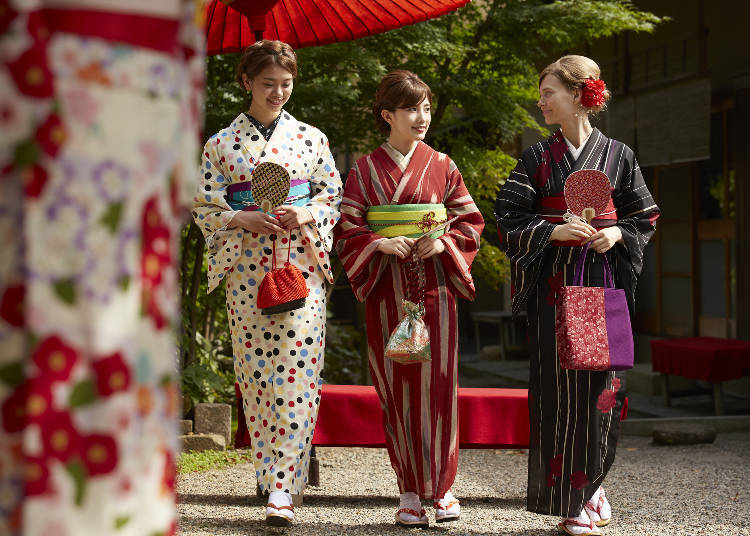
The kimono is a traditional garment in Japan. Kimonos are worn at weddings, coming-of-age ceremonies, and other milestones in life, and are an important part of Japanese culture even today.
Foreigners are also interested in kimonos, and many foreign-language kimono rental stores are lined up at sightseeing spots in Japan, where many people enjoy the experience of wearing kimonos.
We asked foreigners who have worn a kimono in Japan what surprised them about the experience. Many of them gave their opinions that even Japanese people couldn't help but sympathize with! Let's take a look.
main image: PIXTA
I can't believe you put a towel in there! I was amazed at the process of putting it on

Photo: PIXTA
The most common comment was about the process of putting on the kimono.
"I couldn't imagine that I needed so many things to put on a kimono – like so many strings and towels." (American / 30s / Female)
"I was surprised to have kimono strings tied around my chest." (Chinese / 20s / Female)
"Kimonos require a lot of things to wear them. When I bought just the kimono online, I realized later that I needed an obi [sash] and a juban [special undergarment], so I ordered them in a hurry." (Australian / 20s / Female)
"When I wore a yukata [summer kimono] at a hot spring, I was told that it was 'left-front.' It was the first time I learned that it was the way the deceased wore kimono. I was surprised that the rules were completely different depending on the order of the layers." (Chilean / 30s / Male)
It takes a lot of time to put on a kimono, and many props are needed in the process. These are points that surprise even Japanese people.
Women, in particular, use towels and cotton pads to create the shape of the garment, thinking about how it will look when worn.
If you have a glamorous figure, you may have been extra surprised because your bosom is crushed or wrapped in a towel.
Understanding Traditional Japanese Kimonos (And How to Wear One!)
It's hard to put it on – but it's even harder afterward!

Photo: PIXTA
Some said it was more complicated than they imagined, not only to put on the kimono, but also afterward.
"It was as painful as a corset! It was hard to even sit down after being dressed (laughs). I was worried that I wouldn't be able to eat my dinner." (Canadian / 30s / Female)
"The tabi socks hurt my feet and I got shoe sores from chafing." (Vietnamese / 20s / Male)
"I was like, 'Wait – what am I supposed to do in the bathroom when I'm wearing a kimono?' I panicked. I didn't ask my dresser, so I hurried to look it up on my phone." (Mexican…

